I took off my shoes when I set out on the trail trail this morning. My transient thoughts were easily replaced by the simple pleasures of wet earth beneath my feet, changing seasons in the air, and glimpses of butterflies. While the river on the horizon and vast field in front of me suggested a far-away place, the hum of the freeway and the horn of a passing train reminded me that I was just outside of town. I was just stopping by for a quick walk between two obligations.
Rounding the bend that turned me back towards the parking lot, I found myself staring at a heron. He was standing just a few yards off the path in a muddy patch of the field. He was not hunting; there wasn’t any water nearby and his gaze was loose, not fixed. He was just standing, the way herons do — strong, silent, still. Motionless, he beckoned me to join him.
Grateful for the invitation, I knew I would stay as long as he would have my company.
I reached for my phone, hoping to capture our shared time, thinking I could save the experience to appreciate again another day or share with someone else. I took a video of his graceful and sturdy presence until my phone ran out of storage space. When it did, I put my phone away quickly, knowing it could not possibly capture this moment and a little embarrassed that I had held my little screen between us.
With relief, I gave myself fully to the heron, to my standing, and to our shared stillness. Meeting his quiet presence with my body, mind and heart, we stood in stillness together until we were no longer two creatures standing in a field. We were, clearly, one with each other and with the field. We stood, in this oneness, for several minutes (or maybe it was several hours).
Finally, the heron turned to walk away. He took a few deliberate and patient long-legged steps toward the river before pausing again for just a slight moment longer. Maybe he moved because the sun was in his eyes or maybe it was lunchtime … or maybe he had heron business to attend to elsewhere. Whatever the reason, his movement brought me back to my human body, standing in a moist field on a mid-September morning. I needed to be moving along also. After all, I figured I had human business to attend to. The day had promised to include dozens of the concerns, questions, and conversations that a human life carries in this time and place. I had not planned for it to include long moments (or was it hours?) with a heron.
As I turned to continue along the path, a pale purple butterfly flew off my left foot. Apparently, she had joined our meditation too. Her delicate levity offered perfect balance to the heron’s gravity.
Walking away, I was grateful for the invitation to pause and join the heron in stillness so fully that the mirage of our separateness dissolved completely for a moment. I was grateful for the presence of creatures who remind me that we are one. And I was grateful that these moments, though always with me and within me, come to find me when I need them most.
As I stepped off the trail and into my next commitment, I held gently to the heron’s stillness, the butterfly’s levity, the wet earth at my feet, and the gentle breeze. May I carry their clarity and presence into my work and relationships. May I invite others into that peace that connects us all. May the embrace of stillness forever delight.
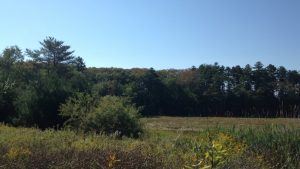
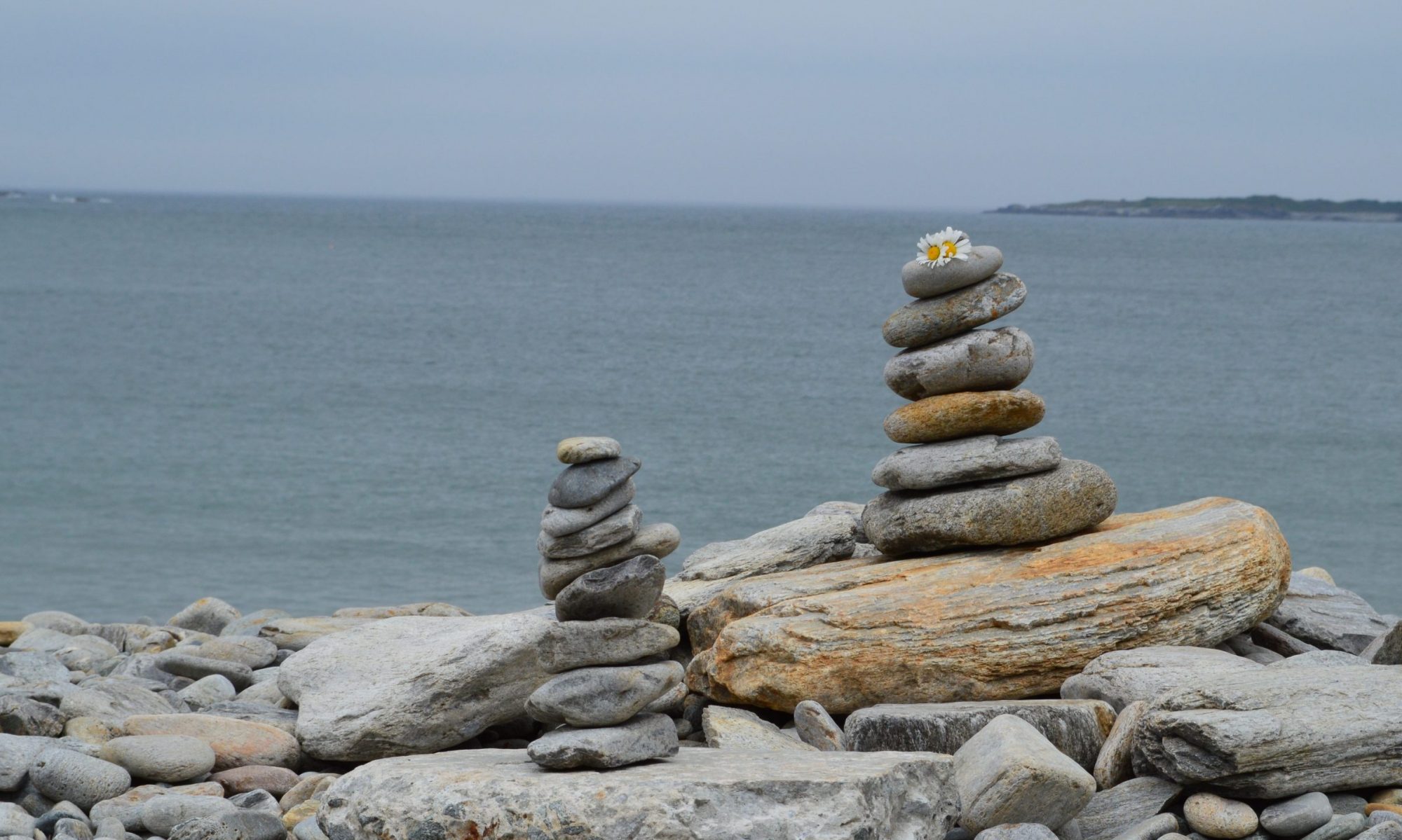

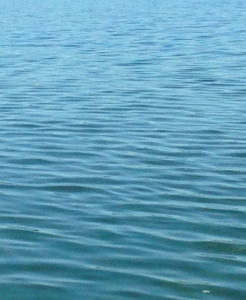 I paddled slowly to the middle of the lake, loosely following the path of the three herons who had passed overhead moments earlier. At the water’s surface, turtle heads emerged and disappeared without rhythm or sound. Periodic percussive slaps interrupted the silence as fish leapt for insects. Standing on the paddle board, surrounded by the company of the morning lake, I drifted in and out of thoughts and thoughtlessness, at one with the other beings of
I paddled slowly to the middle of the lake, loosely following the path of the three herons who had passed overhead moments earlier. At the water’s surface, turtle heads emerged and disappeared without rhythm or sound. Periodic percussive slaps interrupted the silence as fish leapt for insects. Standing on the paddle board, surrounded by the company of the morning lake, I drifted in and out of thoughts and thoughtlessness, at one with the other beings of  Last week, I had the opportunity to begin to share
Last week, I had the opportunity to begin to share 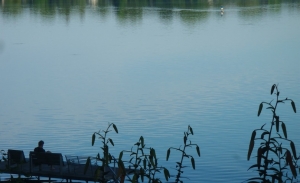
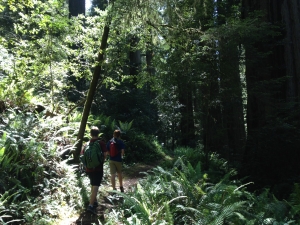
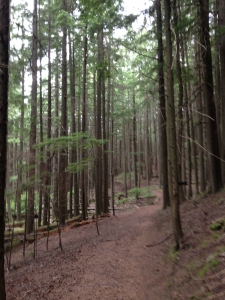
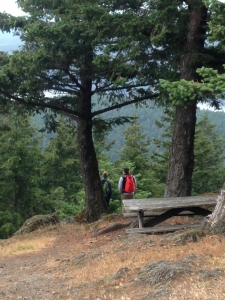
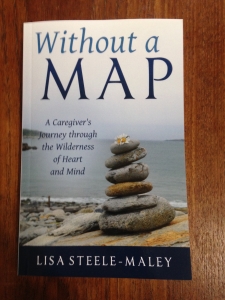
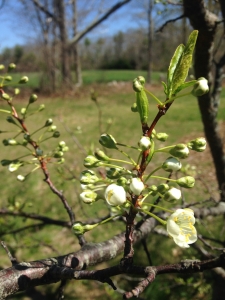 Early this week, I was watching blossoms unfurl on the plum tree. I checked the tight green buds eagerly each day, anticipating the grand display of flowers to come. Slowly, they began to open. But instead of a grand display, it has been a slow unveiling. Each blossom is an individual with a timeframe of its own, a potential that will unfold at the right time, no sooner or later.
Early this week, I was watching blossoms unfurl on the plum tree. I checked the tight green buds eagerly each day, anticipating the grand display of flowers to come. Slowly, they began to open. But instead of a grand display, it has been a slow unveiling. Each blossom is an individual with a timeframe of its own, a potential that will unfold at the right time, no sooner or later.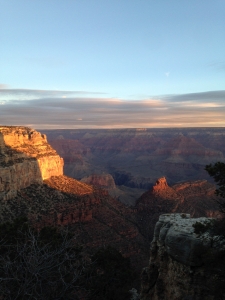
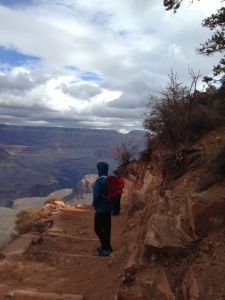 descended hugged the canyon wall down long, steep switchbacks. On the way down, I was kept busy struggling to keep my balance in the gusty wind and trying to take in this new perspective of the steep canyon walls. On the way back up the trail, I had a chance to appreciate its construction. The trail is a masterpiece of engineering, built by engineers, miners, and CCC (Civilian Conservation Corps) crews in the 1920s and 1930s. The trail was sturdy, well-defined and comfortable both descending and ascending. I have built trails with rock before, tasked with balancing protection of the natural resource with protection of human hikers in Kenai Fjords National Park and Tongass National Forest. Building with rock is both satisfying and endlessly deceiving. It hints at permanence but is no less malleable and fallible than any other element at our disposal. It is very hard to get it right and, even well placed, rocks will dislodge, break, wiggle and erode when water, temperature and gravity exert their influence. In this case, the trail was still in great condition and it welcomed us to terrain that would have otherwise been inaccessible without wings or sticky lizard pads on our hands and feet.
descended hugged the canyon wall down long, steep switchbacks. On the way down, I was kept busy struggling to keep my balance in the gusty wind and trying to take in this new perspective of the steep canyon walls. On the way back up the trail, I had a chance to appreciate its construction. The trail is a masterpiece of engineering, built by engineers, miners, and CCC (Civilian Conservation Corps) crews in the 1920s and 1930s. The trail was sturdy, well-defined and comfortable both descending and ascending. I have built trails with rock before, tasked with balancing protection of the natural resource with protection of human hikers in Kenai Fjords National Park and Tongass National Forest. Building with rock is both satisfying and endlessly deceiving. It hints at permanence but is no less malleable and fallible than any other element at our disposal. It is very hard to get it right and, even well placed, rocks will dislodge, break, wiggle and erode when water, temperature and gravity exert their influence. In this case, the trail was still in great condition and it welcomed us to terrain that would have otherwise been inaccessible without wings or sticky lizard pads on our hands and feet.